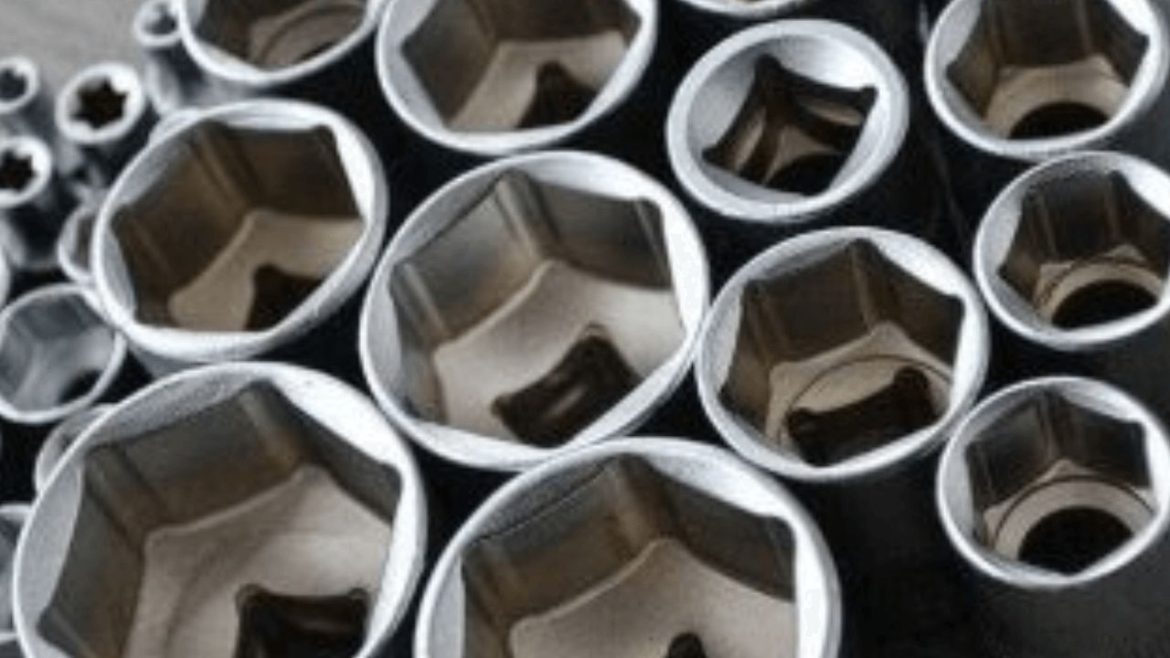Traditional metalworking methods like forging involve applying compressive forces on metal materials to shape them. It is an important manufacturing technique that is used in many different sectors to produce a wide array of additives and products. By fine-tuning and aligning the grain structure of metals, the Cxinforging process enhances their mechanical qualities.
Forging involves heating a metal workpiece, referred to as a “billet” or “blank,” to the proper temperature to make it more malleable and deformable. Then, using a range of tools pushes, or dies, which are specialized molds with the required shape, this hot workpiece is crushed. Metal is formed using concentrated compressive stresses during the industrial process of forging.
Does Forging At Room Temperature Work?
Yes, the process of cold forging shapes metal at or close to room temperature. Cold forging preserves or improves the material’s mechanical properties while producing components with outstanding accuracy and surface quality. It is possible to forge at ambient temperature, a process known as “cold forging.”
Metal is typically shaped during forging by applying heat and force. However, some procedures call for forging at or close to room temperature, which is known as “cold forging” or “cold forming.”
Cold forging is the shaping and modification of metal at temperatures below the material’s recrystallization point. Reduced energy consumption, enhanced material characteristics, and increased shape precision are just a few benefits of this method. Bolts, screws, and tiny automobile parts are among the many components that are frequently made by cold forging.
Function Of Forging In The Manufacturing Process
In the manufacturing process, forging plays a significant and diverse function in helping to produce high-quality components with exceptional mechanical qualities. Here is a thorough examination of the crucial roles that forging plays in the production process:
Enhancement of Material Properties:
By deforming the metal under strong compressive stresses, forging refines the microstructure of the metal. The procedure results in a structure that is more homogeneous and fine-grained, which enhances the material’s mechanical qualities. Components with improved directional strength and fatigue resistance are produced as a result of the controlled deformation that occurs during forging, which aligns the grain structure in the direction of the applied stresses.
Improvement of Mechanical Properties:
Compared to their cast or machined counterparts, forged components often have higher strengths. The removal of internal gaps and porosity by the compressive forces used during forging increases the material’s strength. The toughness and impact resistance of forged materials are improved by the grain structure refinement, making them appropriate for uses where durability is important.
Customization and Design Flexibility:
Components with elaborate and complex shapes can be made using forging. For making custom parts suited to particular applications, whether in the aerospace, automotive, or other industries, design freedom is especially helpful.
Material Efficiency:
When forging, the components are frequently created close to their ultimate geometry, or near-net shape. As a result, less unnecessary machining is required, increasing material efficiency and decreasing waste. Forging produces less scrap material than some manufacturing techniques, making it a more resource- and environmentally-friendly operation.
Durability and Longevity:
Due to their excellent fatigue resistance, forged components are well-suited for applications that involve frequent loading and stress. This is crucial in sectors like aircraft and the automobile industry, where component reliability is crucial. Longer service lives and less frequent replacement and maintenance are benefits of forged components’ improved mechanical characteristics and durability.
High-Stress Applications & Quality Control
When producing essential parts for high-stress applications like aircraft landing gear, crankshafts, or pressure tanks, forging is frequently used. Forged components are perfect for such challenging situations due to their dependability and strength. Strict quality control procedures and cutting-edge forging technologies guarantee accuracy and uniformity in the manufacturing process. Components produced as a result meet or exceed industry standards and client requirements.
Conclusion
Modern manufacturing depends heavily on forging, a traditional metalworking technique that is both indispensable and versatile. Applying compressive stresses to metal workpieces during forging results in components with better mechanical properties, strength, and durability. The material’s workability is increased, the grain order is refined, and the likelihood of faults is reduced through the careful application of heat during forging.
